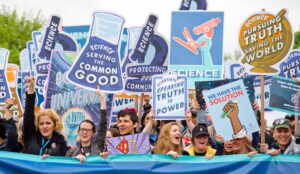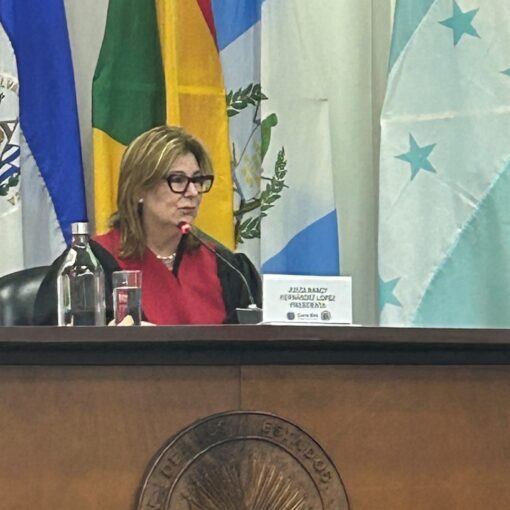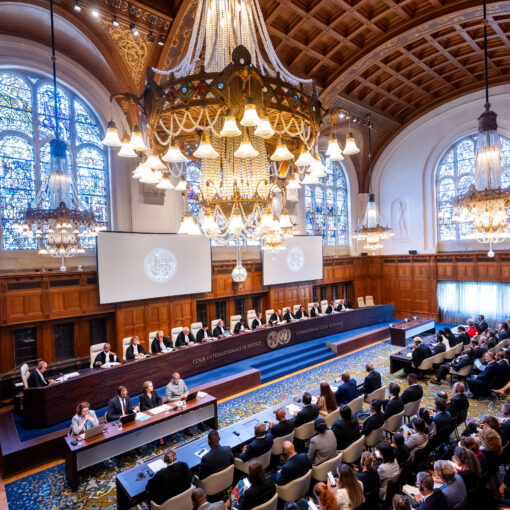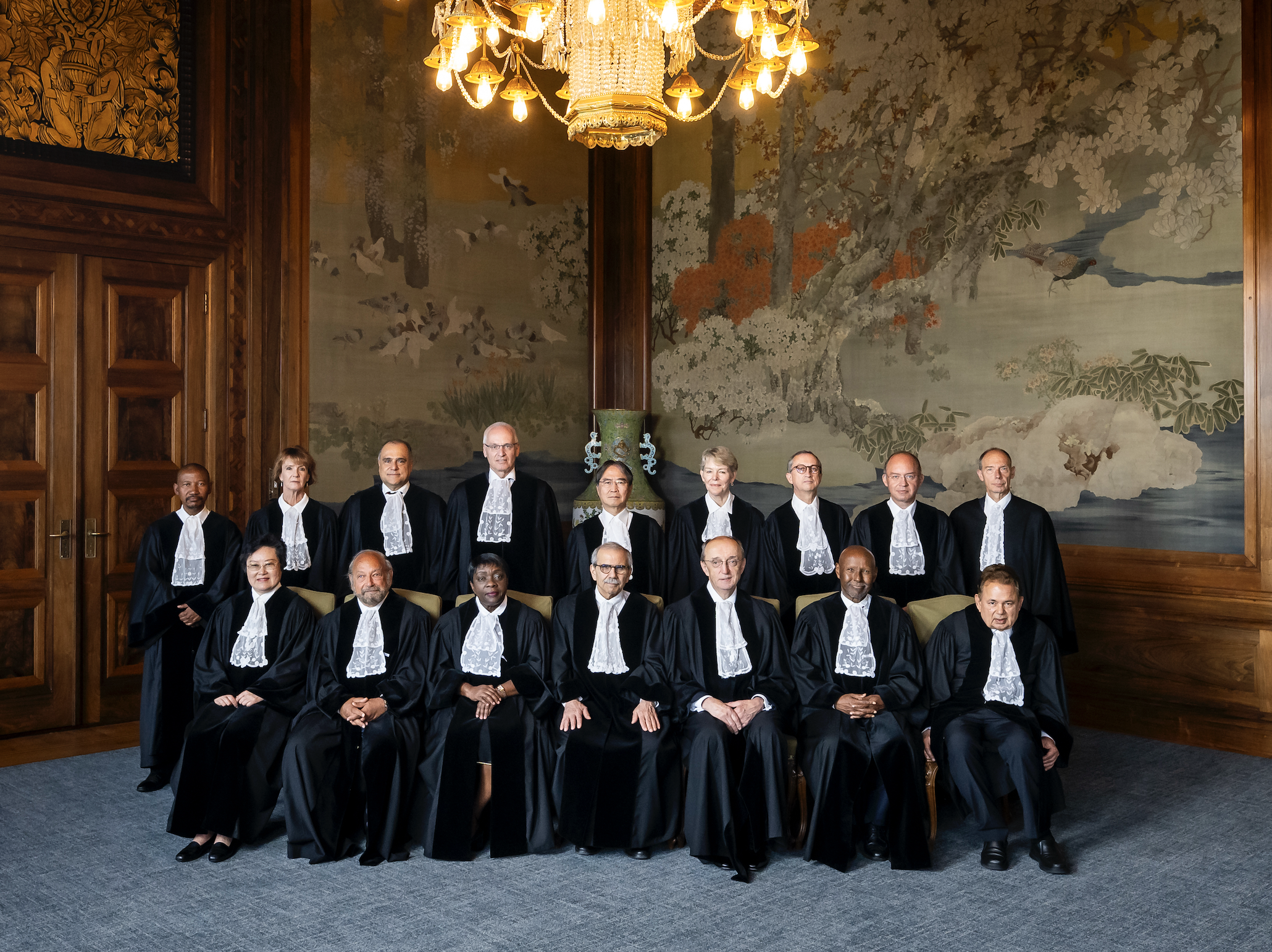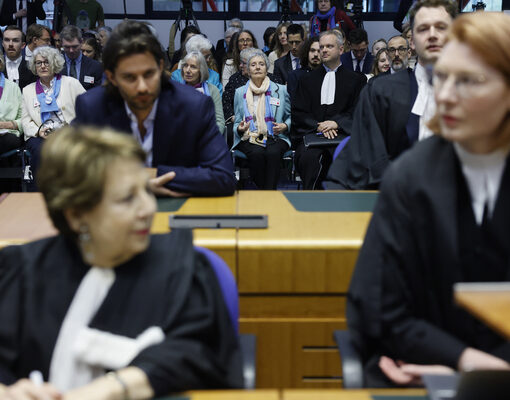This post is part of a new Climate Law Blog series, 100 Days of Trump 2.0, in which the Sabin Center offers reflections on the first hundred days of President Trump’s second term across a variety of climate-related topics. To read other posts from the series, which will roll out over the course of the next week, click here.
One hundred days into Donald Trump’s second term, there are many similarities between his administration’s assault on science in the present and the assault on science we witnessed during his first term. At the very top of the list: his rejection of science and his willingness to break things. But his actions just three months into his return have been substantially more damaging than the first time around.
In his first term, Donald Trump’s attacks on science were so numerous and so extreme that we began documenting them in the Silencing Science Tracker, a collaboration between the Sabin Center and the Climate Science Legal Defense Fund (CSLDF). We later added anti-science actions by the Biden administration and state and local governments, and the Tracker now serves as a comprehensive record of the increasing number of ways governments are attempting to undermine science.
In the first 100 days of Trump’s first term, his administration—among other things—removed all references to climate change from the White House website; subjected Environmental Protection Agency (EPA) research to review by the Trump transition team before publication; removed the word “science” from the EPA Office of Science and Technology Policy website; and restricted public communications by staff at the departments of Health and Human Services (HHS), Agriculture, Interior, EPA, and the National Parks Service (NPS).
This was just the tip of the iceberg. The first Trump administration racked up a total of 338 Tracker entries over his first four years in office. These included removing climate change terminology from federal websites and documents, censoring words and phrases such as “diversity” and “science-based,” preventing federal scientists from attending conferences, and slashing or terminating funding for scientific research, including research on children’s health. And let’s not forget Trump’s disastrous handling of the Covid-19 pandemic, including his suggestion regarding the use of hydroxychloroquine to “cure” the disease and his attempts to muzzle Dr. Anthony Fauci and other HHS staff.
This time around, we have already logged 61 entries, up from 39 in the same time frame in 2017, with more entries coming in almost daily. The nature of the attacks has mirrored previous patterns: censorship, budgetary reductions, misrepresentation of scientific data, and personnel changes. However, they have been much more aggressive—the Trump administration is going after entire agencies and shuttering whole offices dedicated to addressing climate change, rather than individual people or policies—and ultimately more destructive.
In just the past three months, Trump has:
- Laid off thousands of employees, including scientists and researchers, across the EPA, the National Oceanic and Atmospheric Administration (NOAA), the HHS, and all other federal agencies.
- Deleted or revised essential data and critical information from federal websites.
- Terminated ongoing research into Covid-19, the health impacts of climate change, and any activity the administration defines as pertaining to “diversity, equity, and inclusion.”
- Appointed unqualified and even dangerous people to key positions.
- Censored federal scientists.
Even just this partial list is shocking, as the Trump administration almost certainly intends it to be. However, behind it lies a larger goal than “shock and awe”: silencing science and halting the flow of information.
We must continue to preserve and protect scientific knowledge and integrity, and many are already rising to the challenge. The Public Environmental Data Partners coalition is archiving federal databases and tools like the Climate and Economic Justice Screening Tool and the EPA Environmental Quality Index. Lawyers for Good Government is taking the fight into the courts with a coalition of 125,000 lawyers, law students, and activists doing pro bono legal work to defend science and democracy.
In addition to the Tracker, the Sabin Center maintains the Climate Backtracker and other resources to hold this administration accountable. CSLDF is providing free legal help to a record number of scientists, including federal researchers facing termination, censorship, or other attempts to silence their work.
It is clear from Trump’s first 100 days that we will continue to need all the tools we have available to shine a harsh light on and ultimately stop the latest round of governmental assaults on science.

Dana Willbanks
Dana Willbanks is the Communications Coordinator at the Climate Science Legal Defense Fund (CSLDF).

